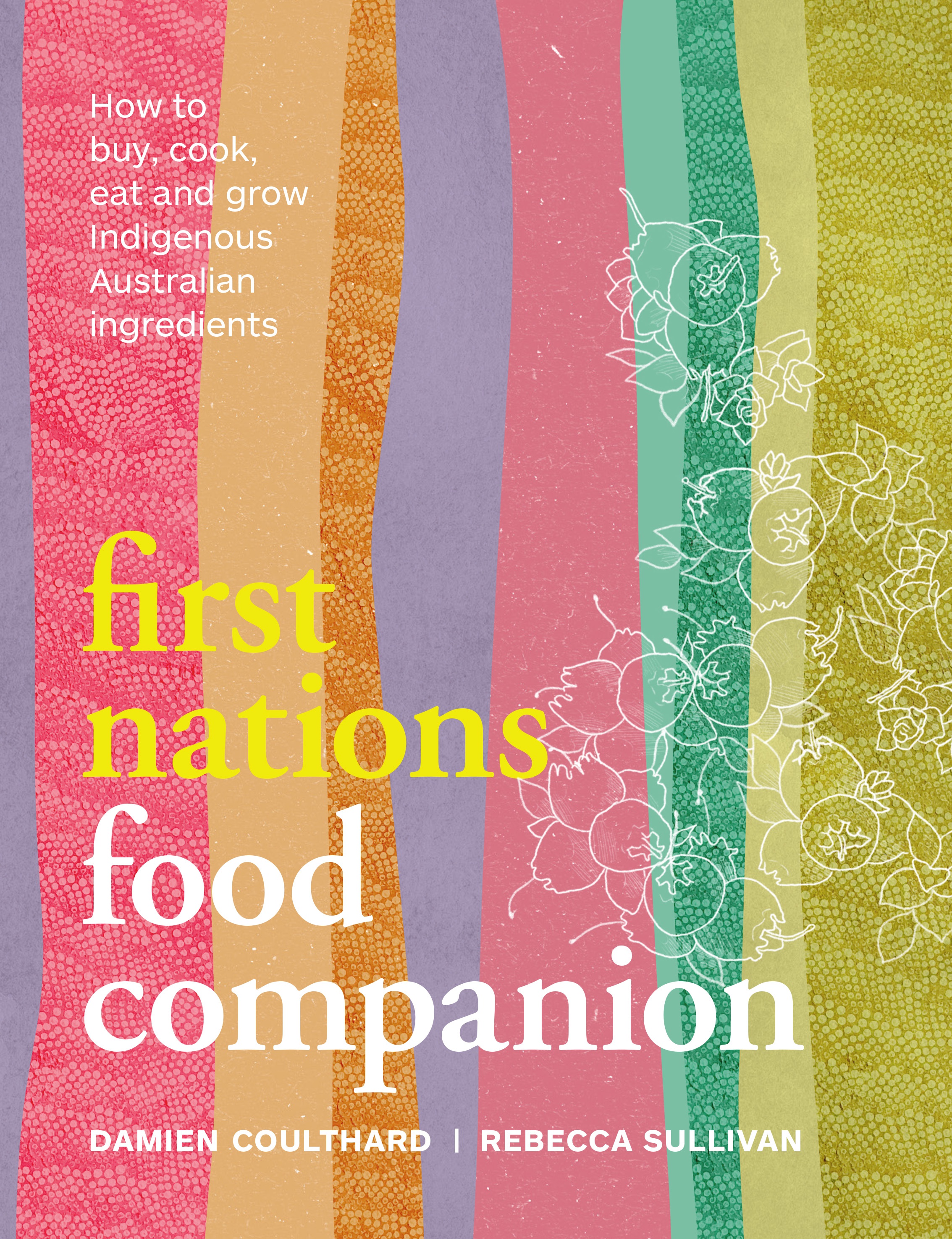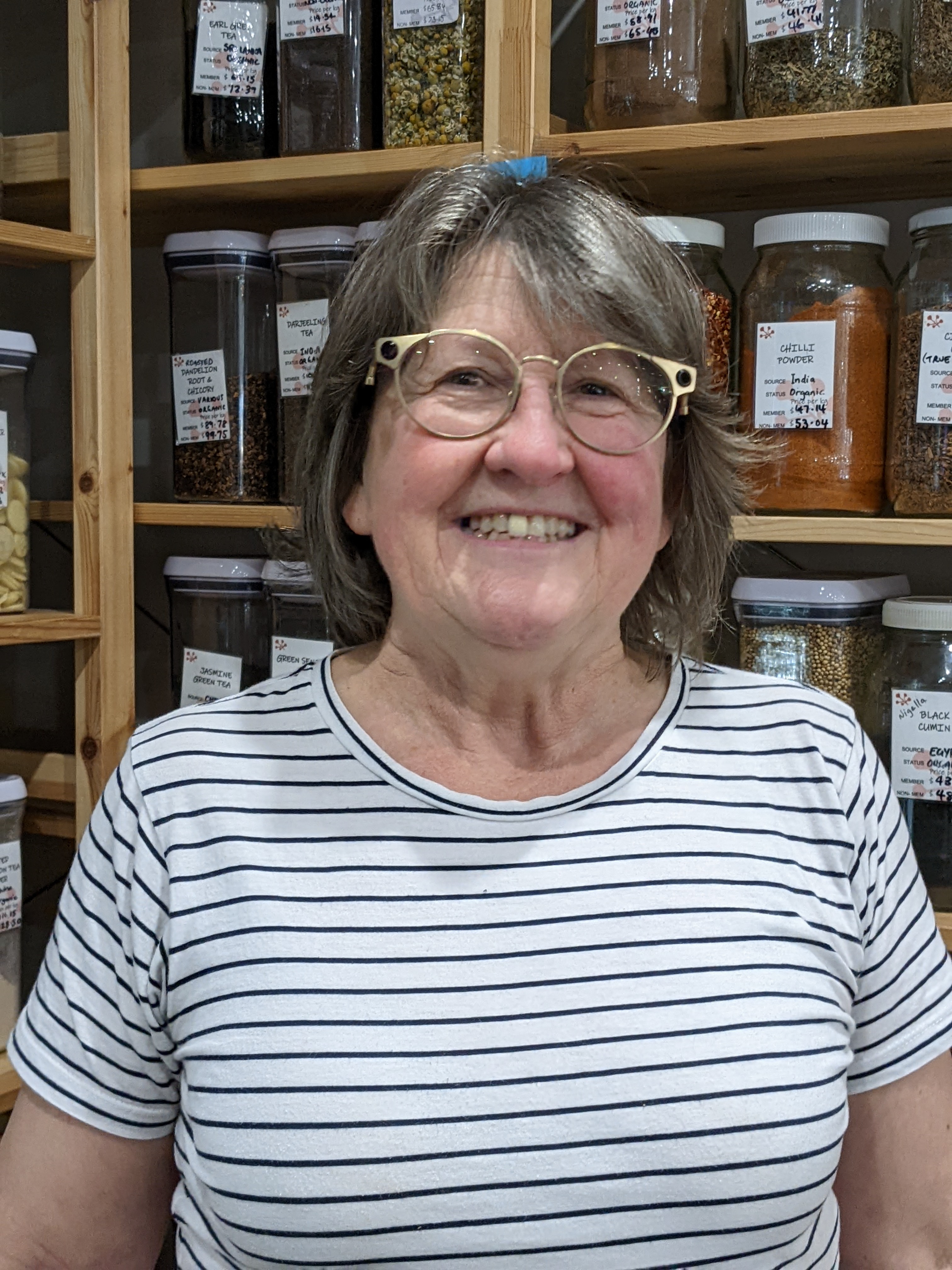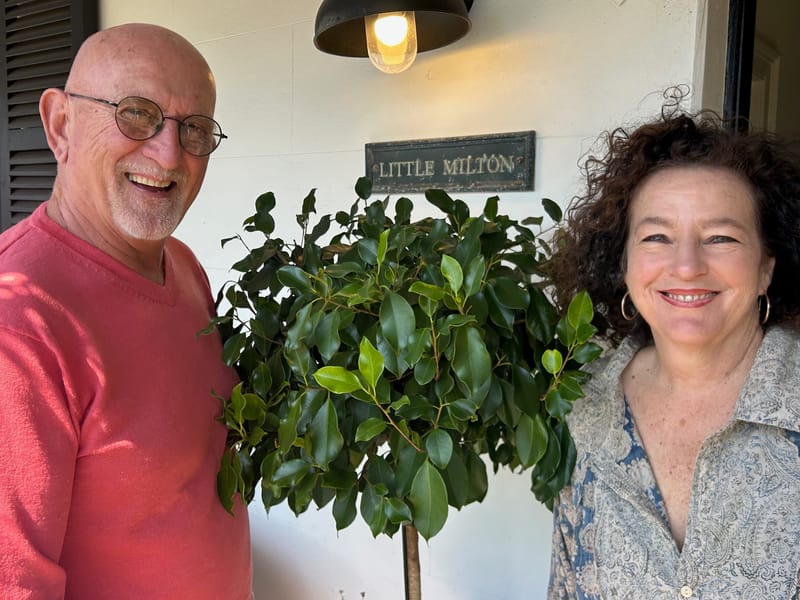Cooking with native ingredients
For too long in mainstream cooking and eating we have ignored the food that is native to Australia – the fundamental local food. Although we are starting to see native ingredients incorporated into conventional menus, recipes and products like...

For too long in mainstream cooking and eating we have ignored the food that is native to Australia – the fundamental local food. Although we are starting to see native ingredients incorporated into conventional menus, recipes and products like gin, there is still a long way to go to bring these ingredients into our lives and kitchens.
These foods have been eaten by First Nations people for thousands of years, however, colonisation resulted in destruction of much of the land that produced these foods. The recently released cookbook First Nations Food Companion is a compendium of native foods available to us fresh or dried, plus hundreds of accessible recipes. It devotes a section to native plants for food to grow at home and a list of native ingredient stockists. The authors express concern for loss of knowledge of Aboriginal language names and uses of the many thousands of plants that made up First Nations diets.
So how can we incorporate native ingredients into our diet? If you’re eating out, support places that use native ingredients and try the dishes. Grow your own bush tucker plants. There is plenty of info out there, so do some research about the bush tucker plants suitable for your garden and your diet. The Wollongong Botanic Garden monthly native plant sale is a great place to start with its broad range and knowledgable staff.
What follows is a list of five native Illawarra plants that are great options for including in your pantry, freezer or garden.
Boobialla
A bushy shrub close in flavour to juniper that has been incorporated into commercially available gin. Grow your own and pick when the berry turns pink or buy fresh or frozen, though it is best used dried as a spice.
Lilly pilly
This is an attractive ornamental small tree, as well as a prolific producer of small tart fruit. You may have come across lilly pilly jam made from the abundant scarlet berries, but it has uses beyond jam, including in salads and a substitute for blueberries and raspberries. Once you know the lilly pilly tree you will see them everywhere locally and around Australia.
Warrigal greens
A spreading groundcover high in vitamins, this can be used like spinach or bok choy. It’s very easy to grow and will take over your garden if given free rein. The younger leaves are less bitter and able to be used raw. The larger leaves should be blanched or steamed.
Native thyme
A fragrant shrub also known as mintbush, the leaves can be used as a tea as well as a herb for meat and vegetable dishes.
Coastal saltbush
The leaves from this hardy coastal shrub can used in any dish to give a herbal salty flavour, including salads, stir fries and in the stuffing for your chicken. Dried it can be used as a salt substitute.
First Nations Food Companion: How to buy, cook, eat and grow Indigenous Australian ingredients, by Damien Coulthard and Rebecca Sullivan, is published by Murdoch Books (rrp $49.99)





